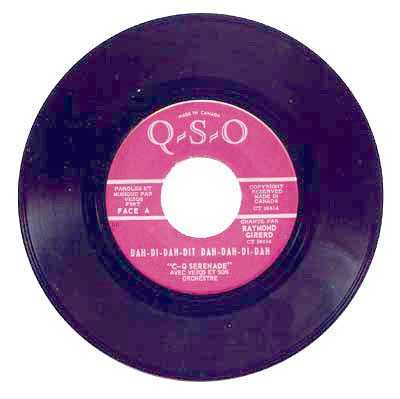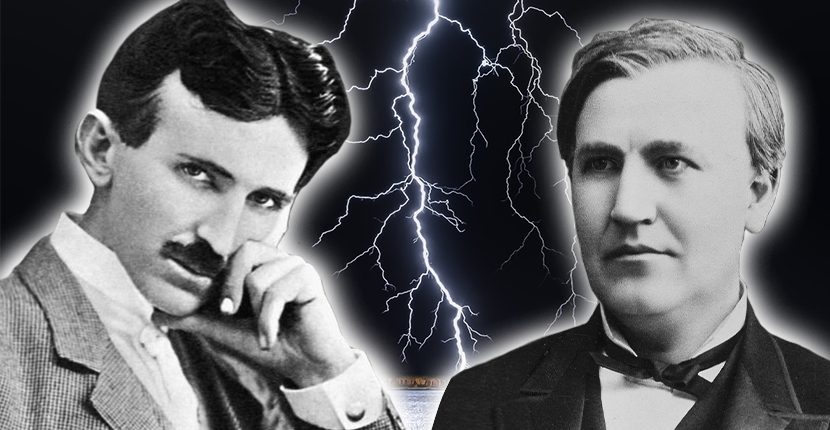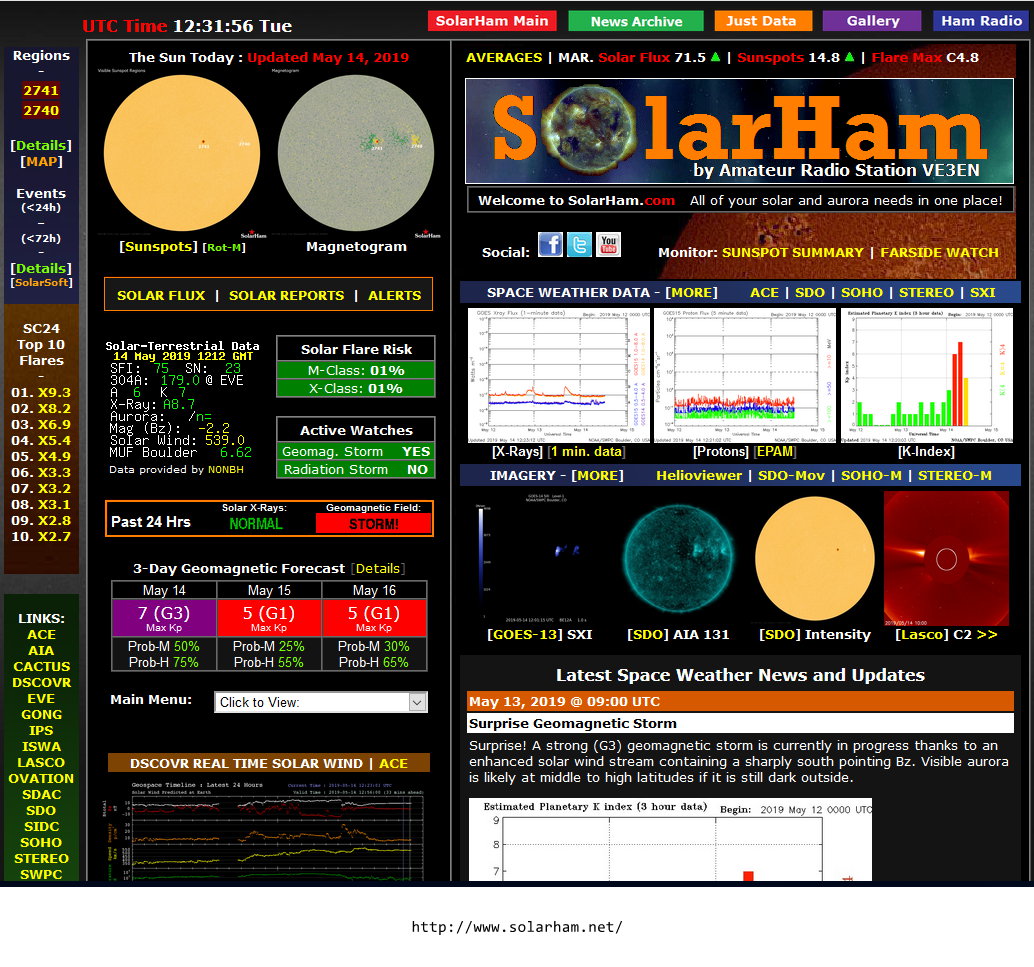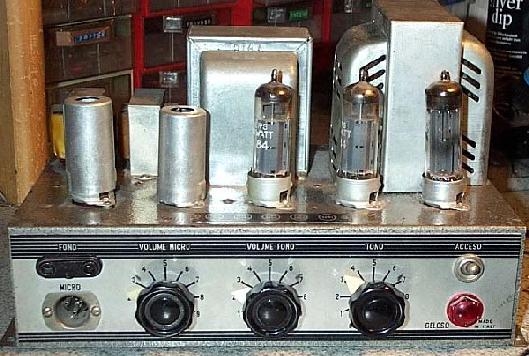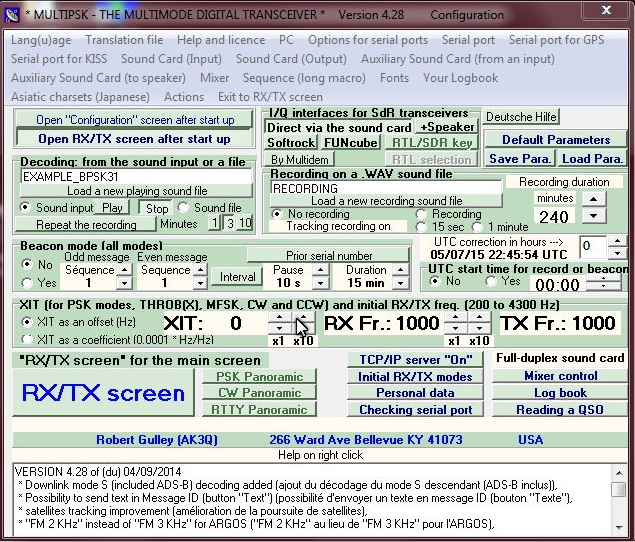 Patrick Lindecker, author of MULTIPSK, has announced an update to the software with the addition of DMR decoding (not to be confused with DRM, the subject of several recent posts – alphabet soup!!).
Patrick Lindecker, author of MULTIPSK, has announced an update to the software with the addition of DMR decoding (not to be confused with DRM, the subject of several recent posts – alphabet soup!!).
Here is a portion of the announcement:
New release of MULTIPSK (4.42)
The new release of MultiPSK (4.42) is on my Web site (http://f6cte.free.fr/index_anglais.htm).
The mirror site is Earl’s, N8KBR: https://www.paazig.net/f6cte/MULTIPSK_setup.exeThe main improvement of MULTIPSK 4.42 is the following:
Ham DMR decoding (but not the voice)“DMR” is the acronym for “Digital Mobile Radio”. The basic specifications of this mode are public (ETSI TS 102 361-1 to 3 for the “Tier II” protocol used by Hams), but any supplier can add supplementary functions. It is used in VHF and in UHF, mainly for voice communication but also for data communication. It is a mode for professionals but also used by amateurs (according to a precise organization). For Hams, it is spread in a world net by using, among other means, repeaters and Internet.
The amateur DMR communications are the sole object of the Multipsk decoding (professional communications are decoded but ignored). The DMR is considered as a “professional” mode by Multipsk (but the Ham decoding is not limited in time).
It is here only considered the data communication which summarizes to identifiers (callsigns+first names) and possible text messages (with some rare positions).
Example:
F9XYZ Michel (2088006 – France), via TG 20800 (YSF France) – Slot 1
F0ZZZ Yves (2083004 – France), via TG 20800 (YSF France) – Slot 1
Note: the voice communication decoding is excluded because it needs an AMBE+2 Codec (under a proprietary licence).
For Hams and SWL, the DMR signal can be received:
· either from the discriminator output of a classical VHF/UHF FM receiver via a direct connection to the PC sound card. However, the receiver must have a large reception bandwidth due to the high modulation speed,
· or with a SdR receiver (FunCube Dongle, RTL SDR,…) and directly demodulated by Multipsk. It is the simplest solution.
Here is the WEB address where you can know where all DMR repeaters are located, with their frequencies, for each country: https://www.repeaterbook.com/repeaters/niche/index.php?mode=DMR
This mode is in freeware, so without time limitation.
MULTIPSK comes in two versions – a freeware version and a one-time paid version. It’s the same download, but buying a serial number unlocks many additional features. Note however, the DMR function is part of the free program.
While there have been many additional updates to the software from the time I wrote a review of the program, if interested you can access my review (published in The Spectrum Monitor) here:
Cheers! Robert K4PKM
Robert Gulley, K4PKM (formerly AK3Q), is the author of this post and a regular contributor to the SWLing Post. Robert also blogs at All Things Radio.

